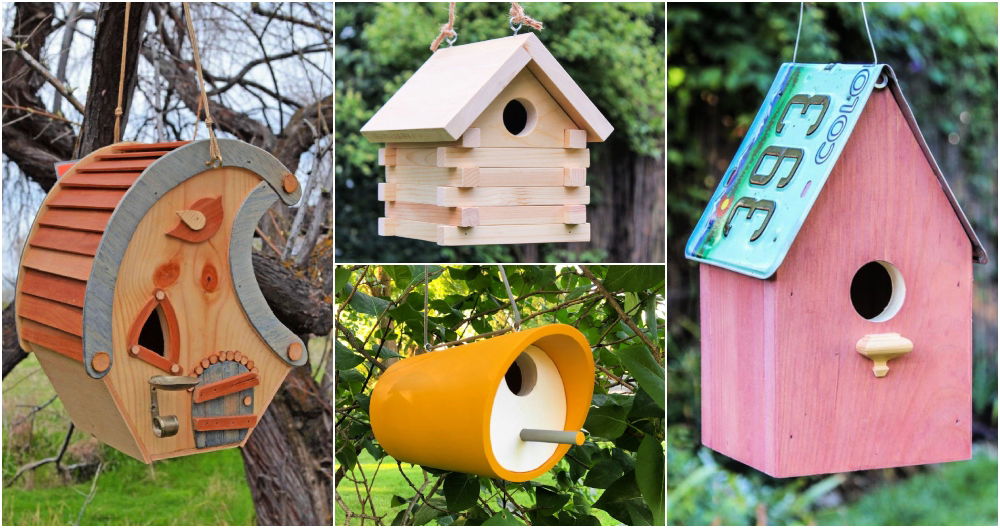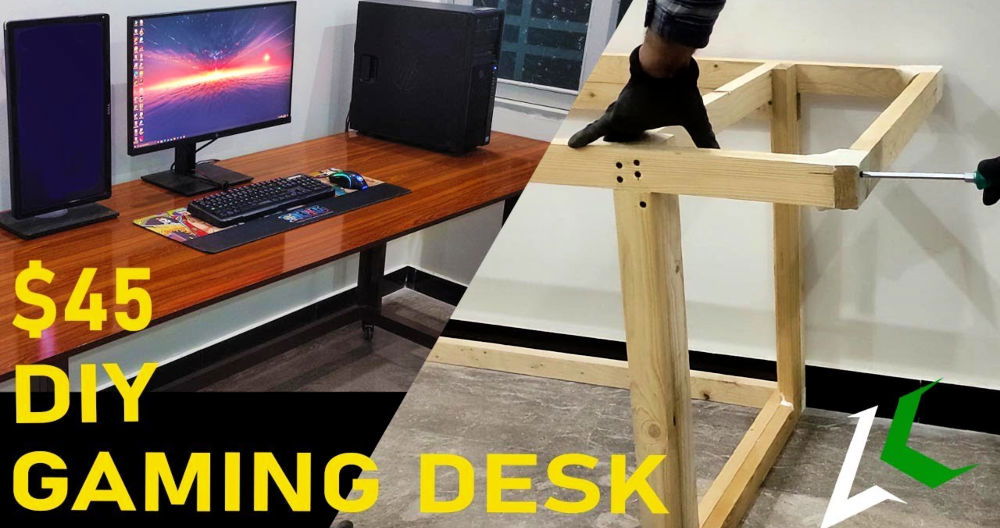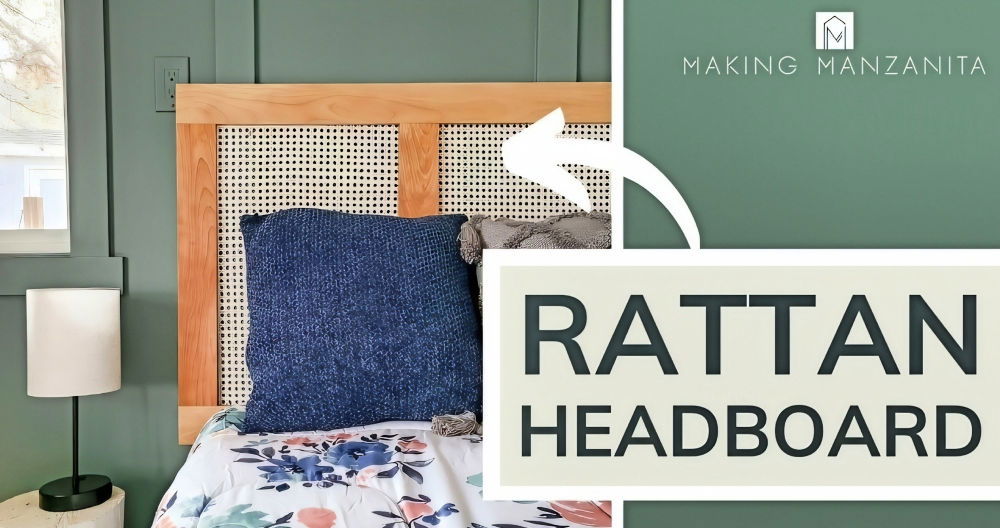Building my first DIY birdhouse was an exciting project. One weekend, my friend and I decided to make a cozy spot for birds in my backyard. We gathered all the materials we needed and followed some bird house plans we found online. It started as a simple wooden box, but transforming it into a livable space for birds made it special.
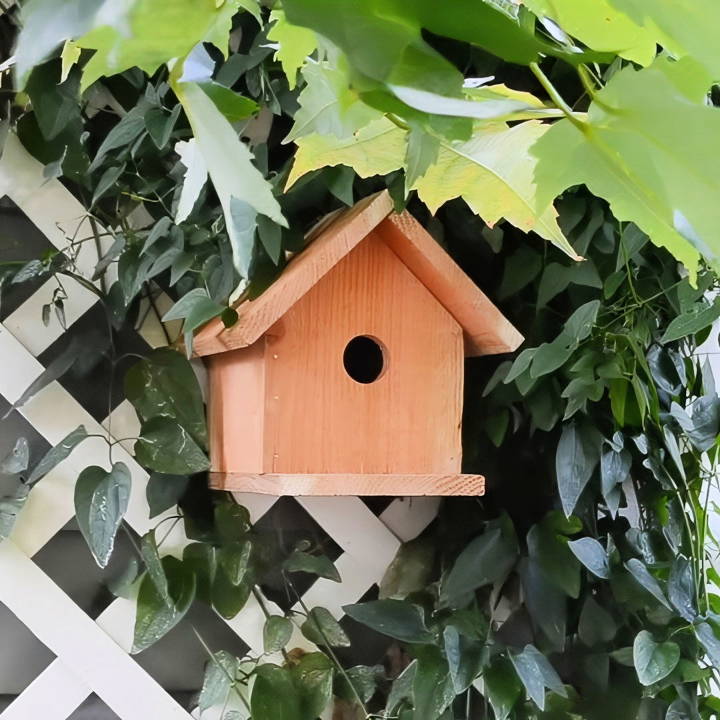
By carefully following the cool bird house plans, we successfully built a birdhouse that attracted different songbirds. We painted it bright colors and decorated it with small, easy-to-find items. Now, every morning, I watch birds come and go, enjoying their new home. I felt proud and content knowing I helped local birds find shelter.
Materials Required and Their Importance
- Cedar Picket Fence Plank (6 inches wide, 1/2 inch thick, about 4 feet long): Cedar is naturally rot and insect-resistant, making it an ideal choice for outdoor projects. Its pleasant aroma when cut is a bonus!
- Tape Measure or Ruler & Pencil: Essential for accurate measurements and marking cuts.
- Hammer & Nails (1 inch long): For assembling the birdhouse pieces. Nails are sturdy and provide a reliable construction.
- Saw: I used a hand saw, demonstrating that even the most basic tool can accomplish the task at hand.
- Drill (with a 1 3/8 inch Forstner Bit or Hole Saw): Necessary for making the entry hole for birds. A clean, correct-sized hole ensures the birdhouse is accessible but not to predators.
- Optional but helpful: Clamp and Square: They aid in making straight, precise cuts and ensure stability during the cutting process.
Step by Step Instructions
Learn how to build a DIY birdhouse with our step-by-step instructions. Perfect for beginners wanting to create a cozy haven for birds.
Cutting the Wood
The project kicked off with measuring and cutting the cedar plank. First, I cut two pieces for the sides (6 inches wide, 4 1/4 inches tall), ensuring they were identical to prevent any imbalance. Next, I cut out the bottom and roof pieces (8 1/2 inches long), followed by the front and back pieces, which required a bit more attention due to their 45-degree angled tops. This angle is crucial as it allows for the roof's slant, ensuring water drains off and doesn't pool, potentially harming the resident birds or the structural integrity of the birdhouse.
Drilling the Entrance Hole
With a marked center point about 2 inches up from what would become the lower edge of the front piece, I drilled the entrance hole. Opting for a 1 3/8-inch hole catered to a wide variety of small birds while keeping larger ones and squirrels at bay. Positioning the drill bit at the marked spot, I carefully drilled through, ensuring the hole was smooth without any splinters that could harm the birds.
Assembly
The real excitement began with the assembly. Starting with the roof, I nailed the two pieces together, ensuring a snug fit. Then, attaching the side pieces to the front and back created the house's main structure. The bottom part, slightly protruding at the front, not only provided extra support but also a makeshift perch for the birds. Lastly, affixing the roof required some finesse to align everything perfectly, but the result was a functional and aesthetically pleasing birdhouse.
The Final Touches
After assembling, I took a step back to admire my handiwork. The birdhouse, though simple, was a testament to what one can achieve with minimal tools and materials. It was now ready to be introduced to its new inhabitants.
Building the DIY birdhouse was a learning experience, highlighting the need for precision in measuring, cutting, and assembly; even slight errors could make it unstable for birds.
Customization Ideas for Your DIY Birdhouse
Building a birdhouse is not just about providing a home for birds; it's also an opportunity to express your creativity and add a personal touch to your garden. Here are some customization ideas that can make your birdhouse stand out and become a focal point of your outdoor space.
Choose a Theme
Think about a theme that reflects your personality or complements your garden. It could be anything from a rustic cabin to a vibrant tropical paradise. Once you have a theme in mind, you can select colors and decorations that bring it to life.
Paint and Patterns
A fresh coat of paint can transform a plain birdhouse into a work of art. Use non-toxic, weather-resistant paint to ensure the safety and durability of your birdhouse. Consider adding patterns such as stripes, polka dots, or even a mural.
Natural Decorations
Incorporate elements from nature to decorate your birdhouse. You can use twigs, pinecones, or pebbles to create interesting textures and designs. These natural materials blend seamlessly with the outdoor environment and can attract more birds.
Recycled Materials
Upcycling is not only eco-friendly but also gives your birdhouse a unique character. Old license plates, broken pottery, or unused buttons can be repurposed to add flair to your birdhouse.
Roofing
The roof of the birdhouse is an excellent place to get creative. Consider using different materials like cedar shingles, metal, or even a living roof covered with succulents.
Perches and Entrances
Customize the perches and entrances to make them more inviting for birds. You can use branches for a natural look or craft intricate designs for a more whimsical appearance.
Lighting
Add a solar-powered light to illuminate your birdhouse at night. This not only makes it a beautiful night-time feature but also helps guide birds to their home.
Interactive Elements
Consider adding elements that move or make sounds when the wind blows, like wind chimes or flags. These can provide entertainment for both you and the visiting birds.
Ensure your DIY birdhouse is safe and comfortable for birds. Avoid harmful materials and make them sturdy. With these ideas, create a functional and creative birdhouse.
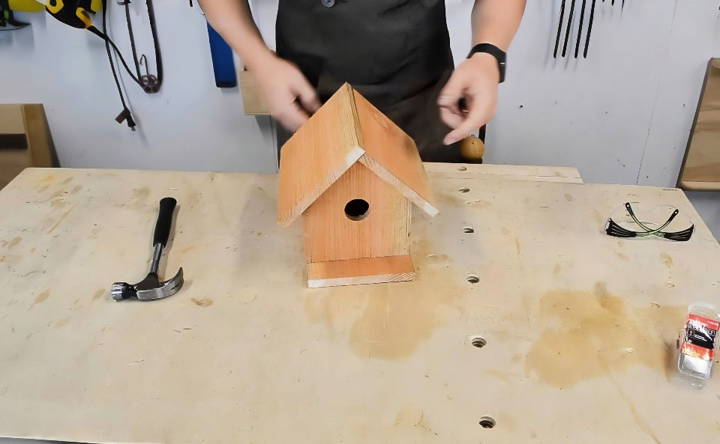
Troubleshooting Common Birdhouse Issues
When it comes to maintaining a birdhouse, you might encounter a few common issues. Here's a helpful guide to troubleshoot and resolve them, ensuring your feathered friends have a safe and comfortable home.
Birds Not Using the Birdhouse
- Solution: Ensure the birdhouse is placed at the right height and location. Different bird species have specific preferences. Generally, a height of 5 to 10 feet off the ground is suitable. Also, make sure the entrance hole size matches the needs of the birds you want to attract.
Predators Accessing the Birdhouse
- Solution: Install predator guards. These can be metal plates around the entrance or baffles on the pole to prevent climbing. Keep the birdhouse away from trees and structures that predators can climb.
Wet or Leaky Birdhouse
- Solution: Check for cracks or gaps and seal them with a non-toxic sealant. Ensure the roof overhangs the entrance to provide shelter from rain. Drill small holes in the bottom of the birdhouse for drainage.
Overheating Inside the Birdhouse
- Solution: Paint the birdhouse in light colors to reflect sunlight and keep it cool. Ensure there's proper ventilation. You can add small holes near the top of the birdhouse walls for air circulation.
Insects or Parasites in the Birdhouse
- Solution: Clean the birdhouse regularly, especially between nesting seasons. Use boiling water to kill any parasites without using harmful chemicals.
Birdhouse Damage or Wear
- Solution: Inspect the birdhouse each season. Repair any damage with safe, bird-friendly materials. Replace parts like worn perches or loose panels to keep the structure secure.
Squirrels or Rodents Chewing the Entrance
- Solution: Attach a metal guard around the entrance hole. This prevents gnawing and keeps the entrance size consistent for the birds.
By addressing these common problems, you can ensure that your DIY birdhouse remains a haven for birds year after year.
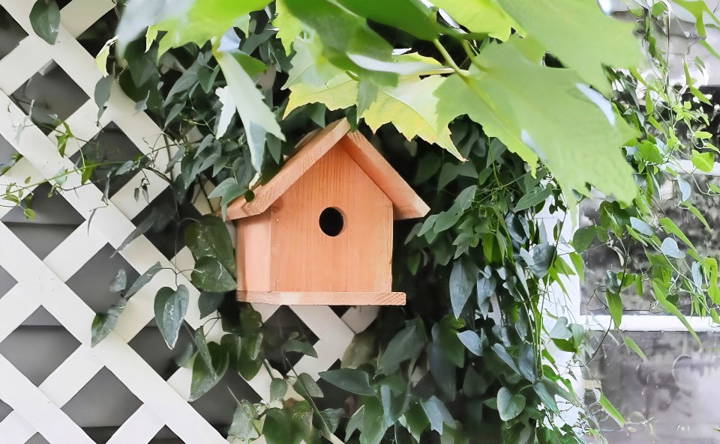
Safety Tips for Birdhouse Placement
When setting up a birdhouse, safety is paramount. Here's a guide to ensure your birdhouse is a secure haven for birds.
Location
Choose a quiet, sheltered spot away from busy areas. Birds prefer a peaceful environment to nest.
Height
Mount the birdhouse at a height of 5 to 10 feet above the ground. This keeps it out of reach from many predators.
Direction
Face the entrance hole away from prevailing winds to prevent rain from entering. A north or east-facing direction is often recommended.
Stability
Ensure the birdhouse is firmly attached to a stable post, tree, or building. It should not sway in the wind.
Predator Guards
Install a predator guard on the pole or tree to prevent cats, raccoons, and other animals from climbing to the birdhouse.
Entrance Size
The size of the entrance hole should be just big enough for the bird species you want to attract. This prevents larger, unwanted birds from entering.
Avoid Perches
Perches can assist predators in reaching into the birdhouse. It's safer to omit them.
Check Surroundings
Keep the area around the birdhouse clear of branches or structures that could provide access to predators.
Monitoring
Regularly check the birdhouse for signs of distress or predator interference. Prompt action can save a nest.
By following these tips, you'll create a safe and inviting space for birds to raise their young. The well-being of the birds should always come first.
FAQs About DIY Birdhouse
Discover answers to frequently asked questions about DIY birdhouse projects. Get tips on materials, designs, and maintenance to perfect your birdhouse building.
The size of your birdhouse will depend on the species of birds you want to attract. For example:
A wren prefers a smaller house.
A bluebird likes a bit more room but still a medium-sized house.
For robins, you'll need a larger house with an open front. It's important to research the preferences of the bird species native to your area.
Place your birdhouse in a quiet, sheltered area away from predators. It should be:
Mounted 5 to 10 feet above the ground.
Facing northeast to avoid strong sun and wind.
Away from busy, noisy areas to provide a safe and peaceful environment for the birds.
Yes, you can decorate your birdhouse! Use:
Non-toxic paints or stains for color.
Natural materials like bark or leaves for camouflage.
Creative designs should reflect your personal style, but avoid shiny materials that might deter birds.
To ensure the safety of your birdhouse:
Avoid using metal for the roof as it can overheat.
Ensure there are no sharp edges or protruding screws.
Ventilation holes near the top and drainage holes at the bottom are essential.
Do not use a perch, as it can assist predators.
Regular maintenance is key to a long-lasting birdhouse:
Clean out the birdhouse after each nesting season to prevent parasites.
Inspect for damage and make repairs as needed.
Reapply a sealant or paint every few years to protect the wood from the elements.
Encouraging Words for Prospective Builders
Giving this a go can be very rewarding, and you might find joy in helping nature. Making a DIY birdhouse doesn't have to be hard, and it's a fun way to connect with the environment.


